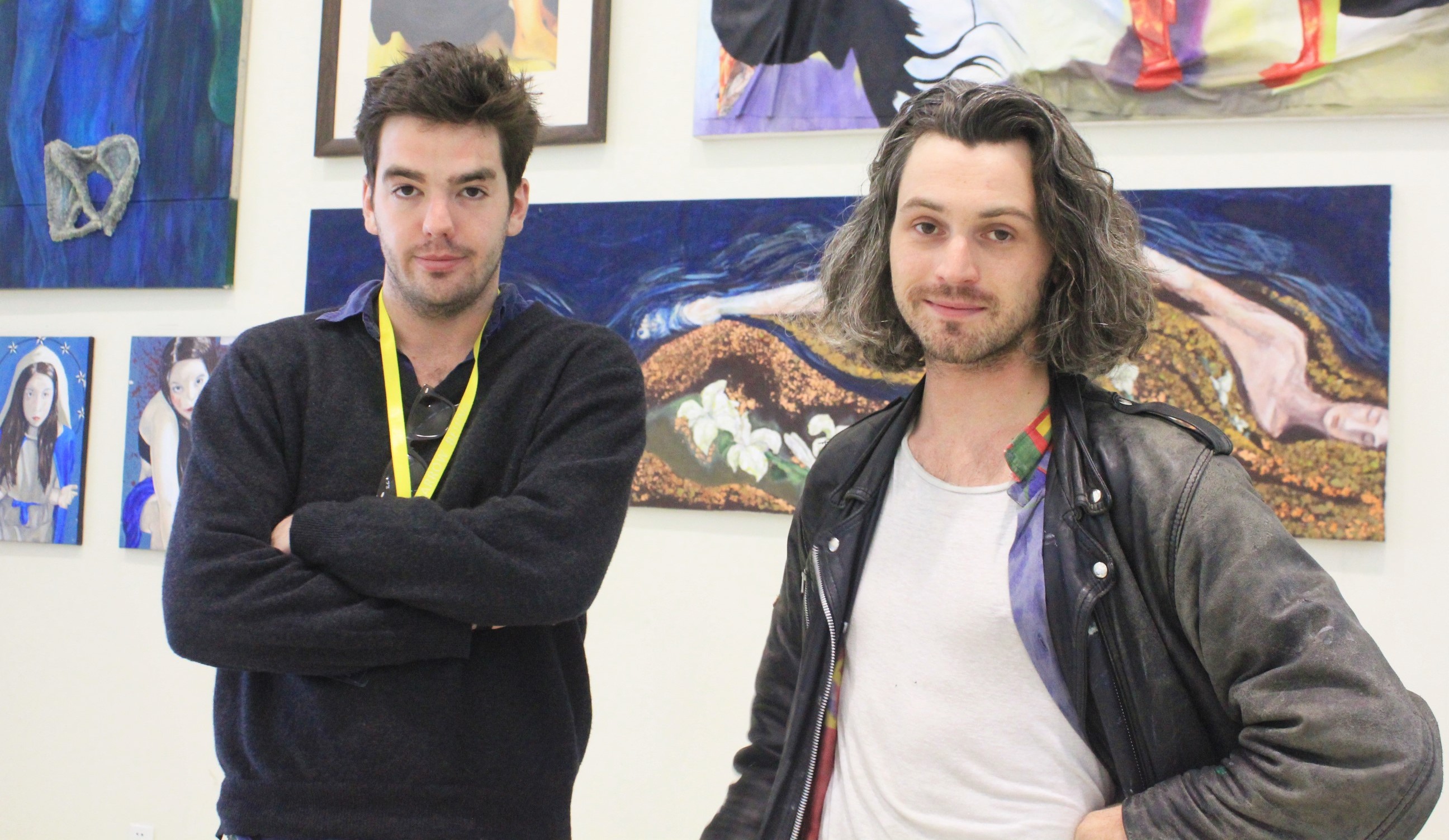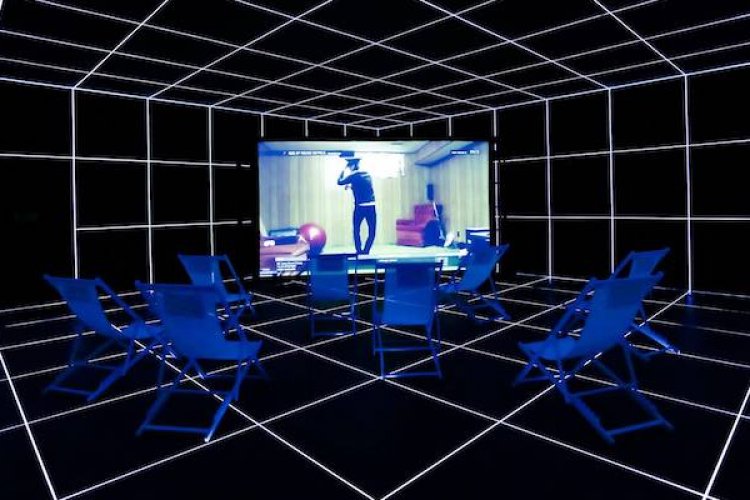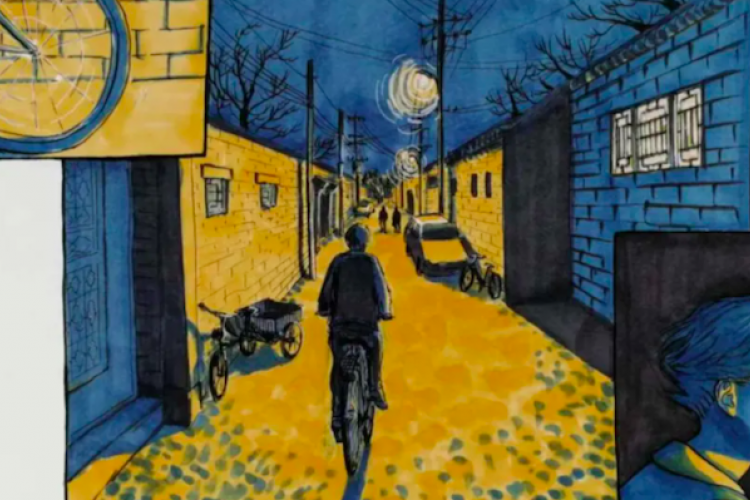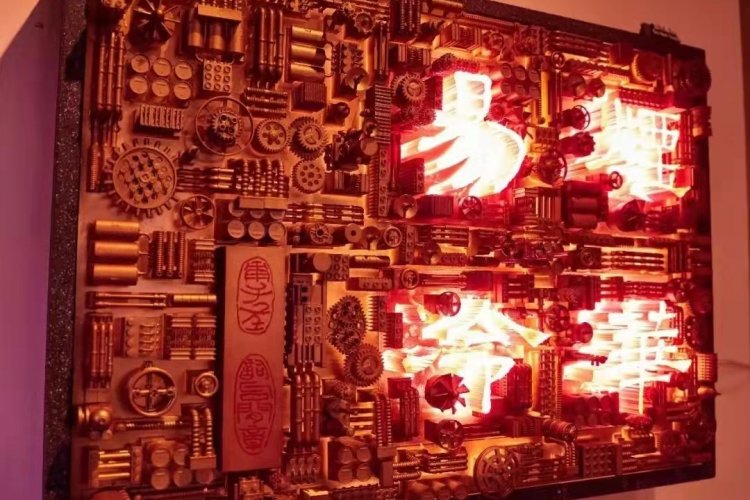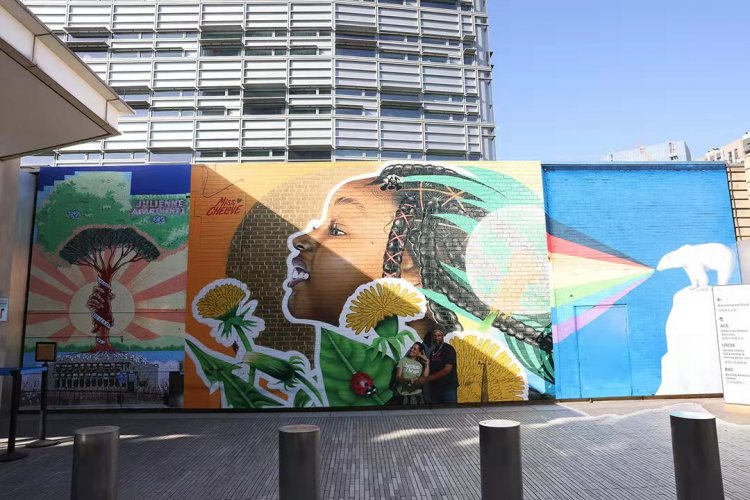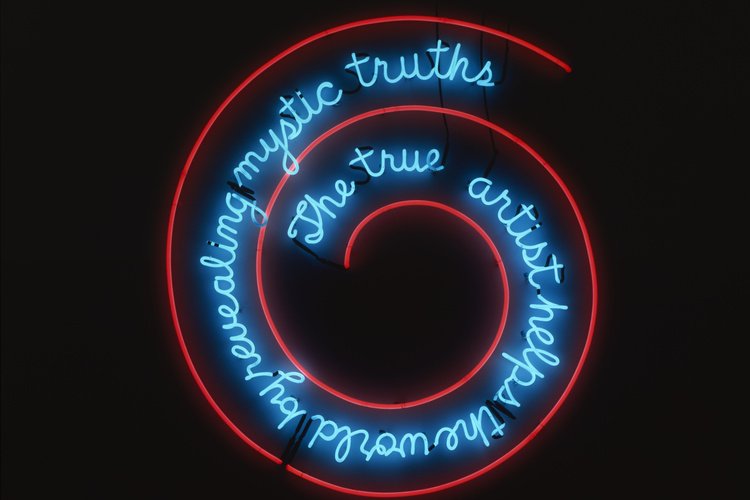Artists Hubert Cecil and Will Boyd Shed Light on 'Phantasmagoria' Before Final Day
Phantasmagoria is a collection of portraits masterminded by British photographer Hubert Cecil and artist Will Boyd (pictured left and right above). Each of the 12 scenes is created in a way so as portray a central figure in two distinctive states: giver and receiver, active and passive, coming and going.

The project took two years to complete and features 12 prominent female models, artists, and designers, including Joanna Vanderpuije, Charlotte Ogilvy, and Bella Yentob, who are positioned within a light box, giving each a specific painted projection and background to tie the two states together. The result is a dozen dreamlike and psychedelic images that lay bare the psyche's push and pull that each of us encounter – and conceal – every day.
Below we spoke to the artists before the conclusion of their show at Fang Yuan Art Gallery on May 15.
First of all, can you tell us a little about how you two came to meet, and eventually work together?
We came to meet because Will sent Hubert a message one afternoon asking him to photograph some of his paintings before they were sent to clients. Hubert was assisting a photographer at the time and wanted to put some ideas into practice, Will was the ideal partner for this.
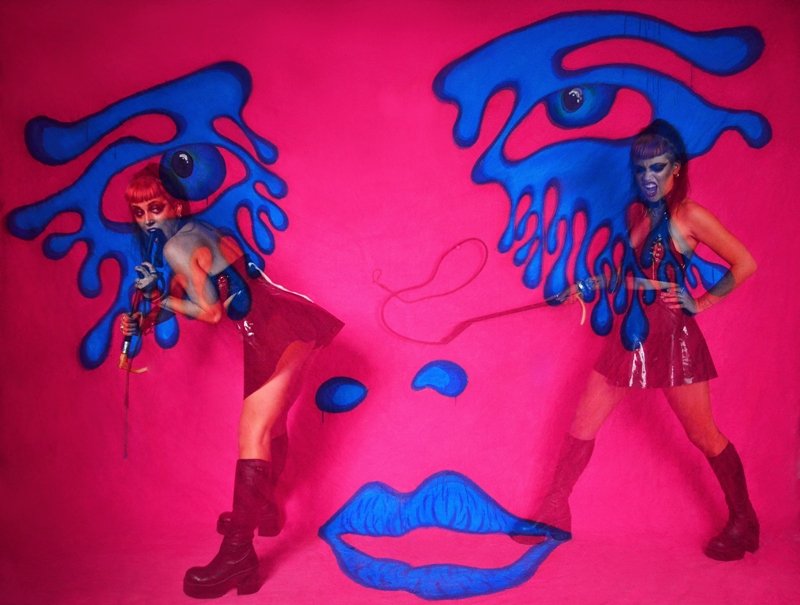
What inspired you to use the combination of paintings and light boxes in your work? In terms of light boxes, have you worked with them before and what can they bring to your pieces that regular lighting lacks?
Cecil: We showed ‘Titania’ to the photographer and writer Peter Beard at the beginning of the series. He said it looked like a stained glass window and that was what gave us the idea of putting light behind the work. What makes them work so well is the way the colored light combines with the colors in the picture. New colors come through and it is really a multiplication of the images. The colored lights unlock several versions of the images within each one.
Boyd: Yes I’ve worked with light boxes back in school but they were much less technical than the ones now. The light box brings ultra reality to the image with super vibrant clear colors. The light transitions lend a hypnotic quality which I can sit and stare at for hours on end ... I have!
Cecil, whether it’s a person jumping, a sheet flapping, or smoke enshrouding a crowd, there’s usually an aspect of movement incorporated into your work. What is it about movement that you are drawn to and what type of story do you hope to tell from capturing it?
Movement is a wordless language that we can all understand. The movements in our pictures are intended to be maximally expressive to relate narratives of inner harmonies and turmoil.
How did you settle on the 12 scenes – which touch upon various specific moments in history, geographical spaces, or even cues from fellow artists – that would form the backdrops for the Phantasmagoria series?
Our subjects were our starting points and we worked outwards from there. We think people have invisible auras that can be defined by colors, shapes, and aesthetics. The series is a reflection of a belief in that kind of spiritual identity.
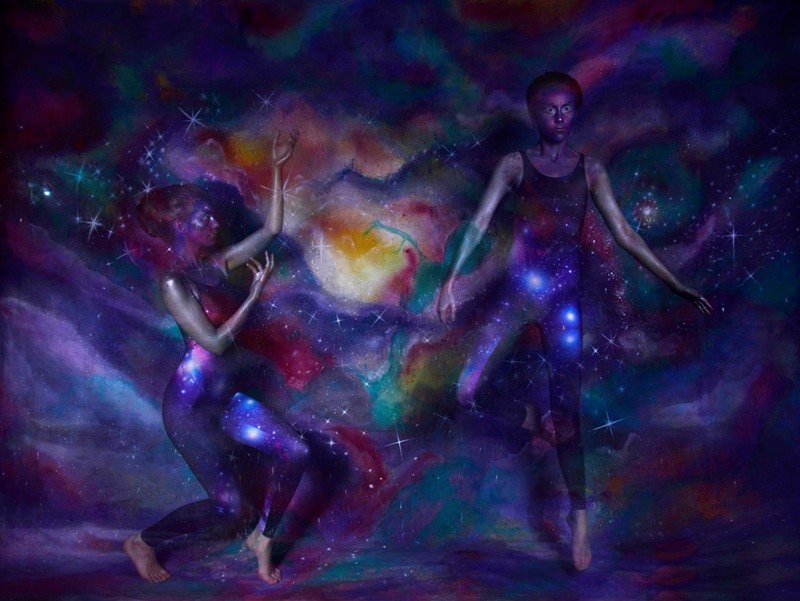
For Phantasmagoria, you decided to use a cast of all-female models, each well-known in their own fields of expertise, and depicted twice in each scene. What informed this dichotomous method and were the models chosen based on the setting or vice versa?
We depict our models twice in an effort to visualize the dialogue between the id and the ego. They are Freudian concepts but remain broadly current as a way of understanding the drivers of human behavior. We aim to tell a universal psychological truth in each of our pictures.
Do you have any favorites from the series and why?
We have one or two for sentimental reasons but each picture brings back good memories.
For more information about Hubert Cecil's work and his collaboration with Will Boyd, visit hubertcecil.com. See the event listing for Phantasmagoria here.
Images courtesy of Cecil and Boyd

